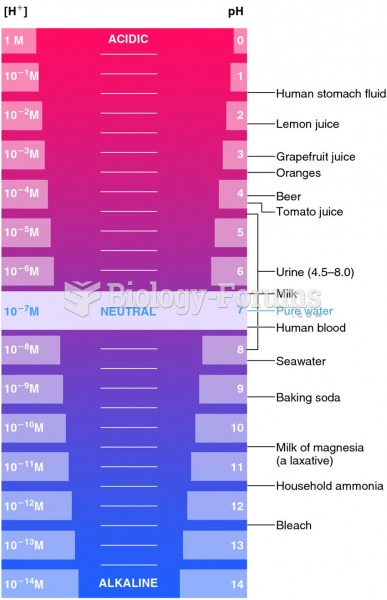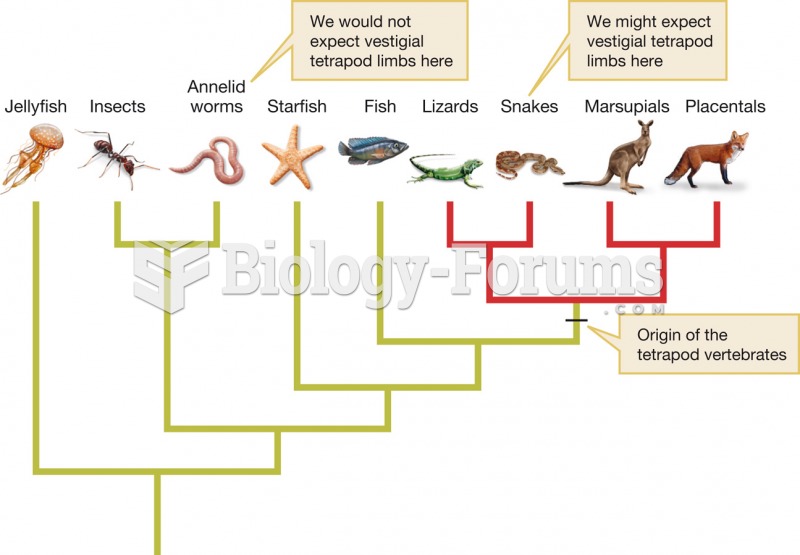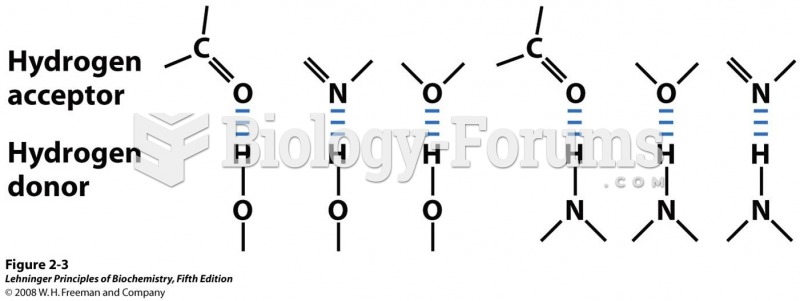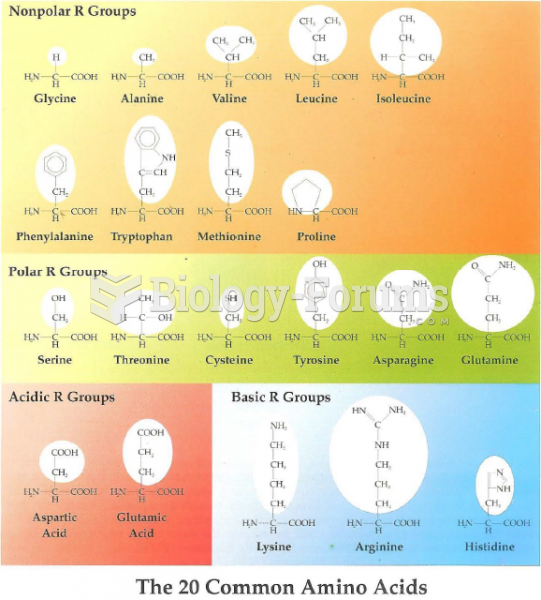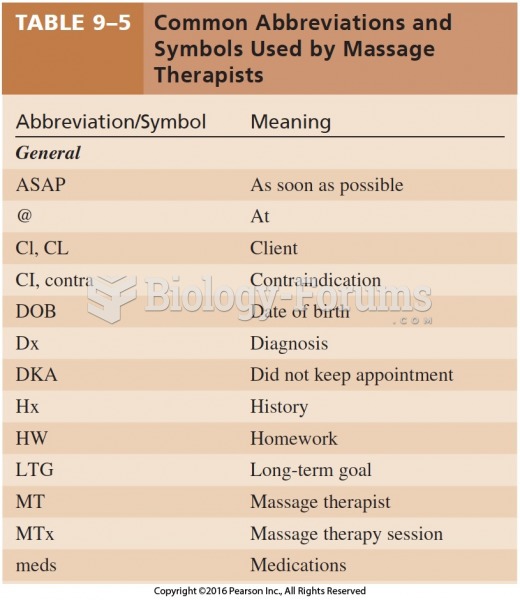This topic contains a solution. Click here to go to the answer
|
|
|
Did you know?
Asthma attacks and symptoms usually get started by specific triggers (such as viruses, allergies, gases, and air particles). You should talk to your doctor about these triggers and find ways to avoid or get rid of them.
Did you know?
The average office desk has 400 times more bacteria on it than a toilet.
Did you know?
Recent studies have shown that the number of medication errors increases in relation to the number of orders that are verified per pharmacist, per work shift.
Did you know?
There are over 65,000 known species of protozoa. About 10,000 species are parasitic.
Did you know?
People about to have surgery must tell their health care providers about all supplements they take.


